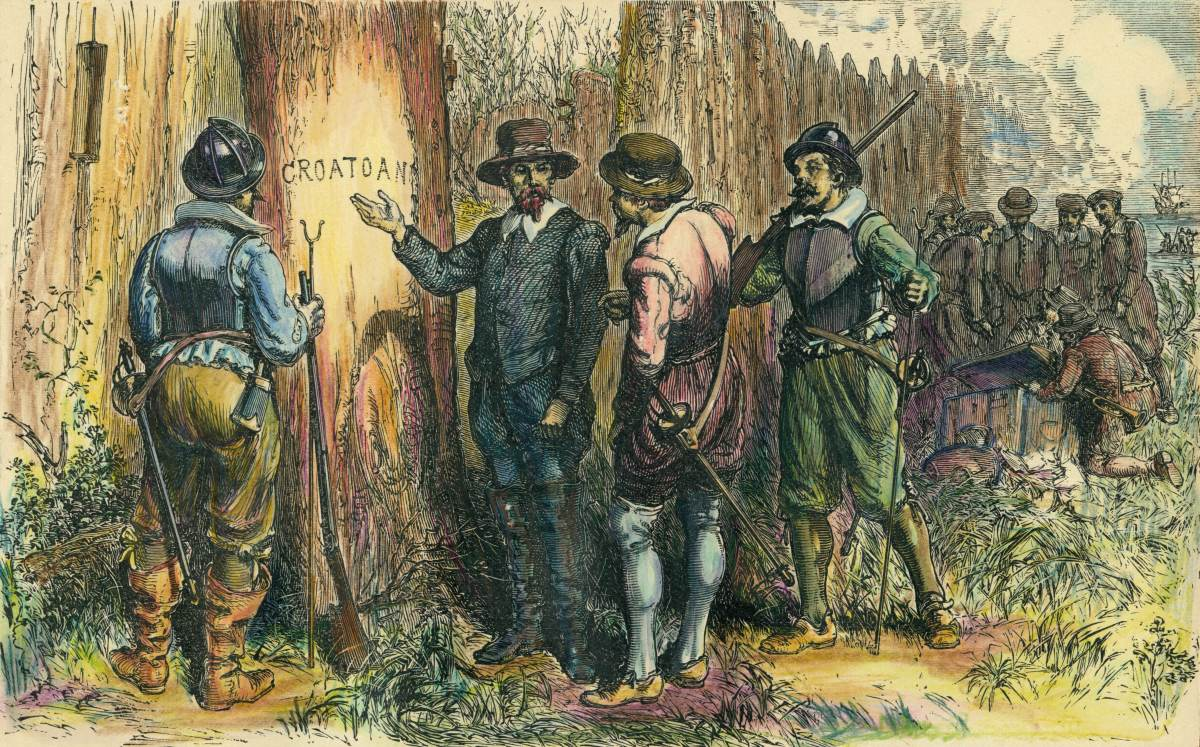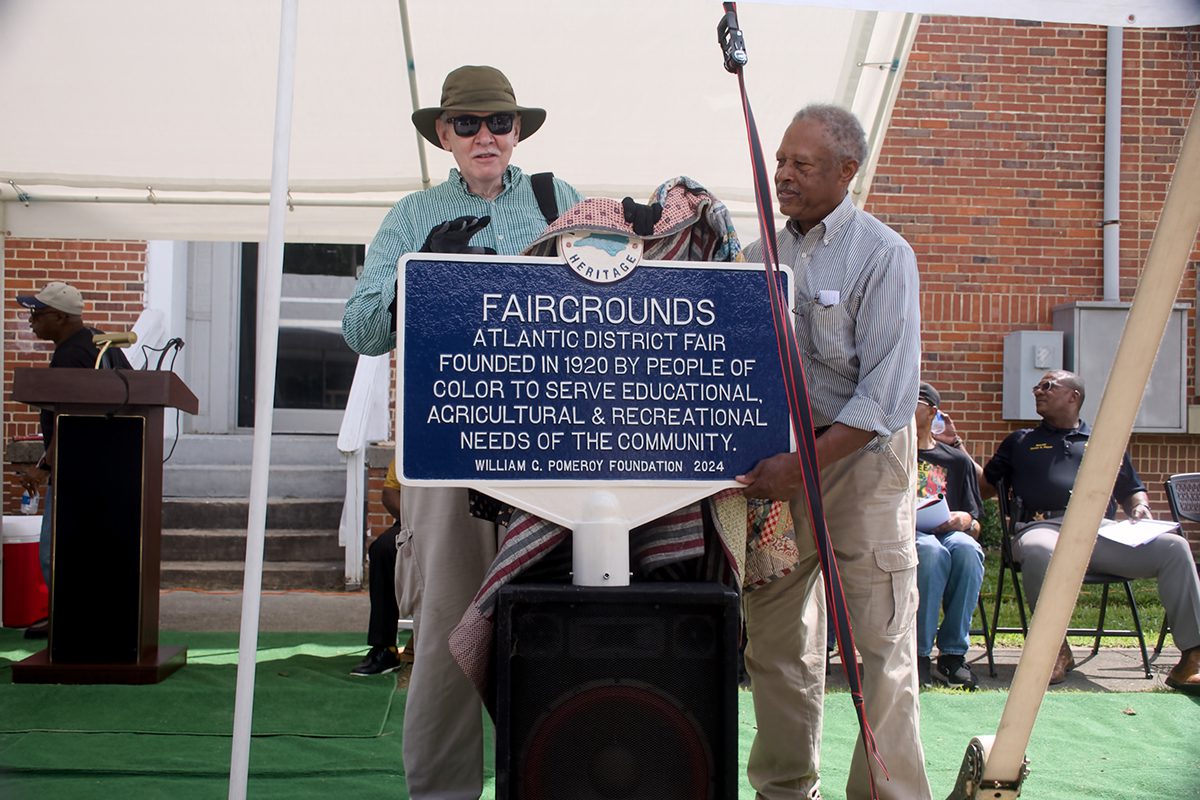
Regular readers may have noticed this week that things look a bit different here at CoastalReview.org.
We are excited to announce our first major redesign since launching this site in 2015. The changes are part of an overall effort to better serve our readers, especially mobile users who make up a growing majority of those who visit here. And while you may know us as Coastal Review Online, you also probably knew we were online without having to tell you.
Supporter Spotlight
The redesign allows us more flexibility and responsiveness in delivering the news of the North Carolina coast that you have come to expect and trust. In response to your comments and suggestions, we’ve added new or improved functions and are continuing to refine them to make it easier to find stories and information from the recent, or not so recent, past. Other new features are tools we needed to up our game.
After 10 years of coastal environmental reporting and six years since the North Carolina Coastal Federation launched Coastal Review as a freestanding, daily, online coastal news site, our readership continues to grow, and by larger margins each year.
There is clearly a lot of interest in news about North Carolina’s coastal region and this should come as no surprise. The 20 counties we cover are environmental treasures that are rich in abundance, ecological diversity and scenic splendor, with fascinating people and culture.
The region’s place in history is well known as a setting for early European exploration, the beginnings of a nation, and home to significant events and important people in the centuries that followed. It’s also a lesson on how life here has for thousands of years depended on the water that surrounds us.
These waters — the ocean as well as creeks, rivers, marshes and sounds — are the foundation of much of eastern North Carolina’s economy. Water is the draw for millions of visitors each year who spend billions of dollars in coastal counties.
Supporter Spotlight
“Tourists have discovered the unspoiled natural beauty and relative lack of congestion in the region’s beach areas,” says the NC East Alliance, an economic development organization for eastern North Carolina.
While the region has long been a popular tourist destination, North Carolina’s 20 Coastal Area Management Act, or CAMA, counties are also home to more than 1.06 million people, ranging from just under 5,000 residents in Hyde County to more than 234,000 in New Hanover County.
It may go without saying that no two are alike, but even neighboring counties can be vastly different. The North Carolina Rural Center ranks all but one coastal county, New Hanover, as rural, or having fewer than 250 people per square mile. While some counties are rapidly growing, others are seeing flat growth or slight declines in their population. But in each county, coastal waters play a significant role in the sense of place, quality of life and cultural identity.
The health of North Carolina’s seafood industry and the state’s significant recreational fishing-related economy depends on protecting the water around us. Fishing and hunting are a big part of coastal culture, especially in smaller communities.
Coastal wetlands and sounds not only are habitat for highly coveted fish and shellfish, but they also serve as a shock absorber, absorbing some of the brunt of coastal storms. Wetlands serve as an indicator of changes, such as those associated with sea level rise and rising ocean temperatures. In addition, our coastal waters are a laboratory for researchers in a variety of fields.
The North Carolina coast has been for more than a century a hub for scientific research. It’s home to National Oceanic and Atmospheric Administration’s Beaufort Laboratory and the Duke University Marine Lab, both in Beaufort; the University of North Carolina Chapel Hill Institute of Marine Sciences and the North Carolina State University Center for Marine Sciences and Technology, both in Morehead City; the East Carolina University Coastal Studies Institute in Wanchese; and the University of North Carolina Wilmington Center for Marine Science in Wilmington.
The research and findings at these institutions are often groundbreaking, sometimes with worldwide implications and recognition, and often the language is highly technical. Much of our science reporting is tied to issues related to pollution or contaminants and public health and sometimes these studies are mandated by the legislature.
We try to make science and the exacting but sometimes purposely vague language of legislation accessible to ordinary people. We strive to present in-depth reporting on topics that are often ignored, glossed over or delivered elsewhere without context or history.
We keep in mind that people too are part of the environment. Their well-being, ingenuity and perseverance are at the center of our environmental reporting.
Coastal communities are making new investments in protecting, conserving, celebrating and capitalizing on their resources because it makes sense for the environment and the economy, and it benefits people who live here.
Although our coverage focuses on issues that matter most to coastal residents, our audience, according to Google Analytics, is much more widespread, with significant numbers of readers in Raleigh, Atlanta — the location of Environmental Protection Agency’s Southeast regional headquarters — and Washington, D.C., in addition to the coast. This fact strengthens our resolve to clearly communicate coastal issues not just for the folks on the coast but also for key decision makers at the state and federal levels.
Our name, “Coastal Review,” dates back to the North Carolina Coastal Federation’s earliest days and a twice-yearly newspaper-form newsletter first published in August 1983 with a $5 per year subscription rate that covered environmental threats, water quality issues, legislative news and coastal residents — not unlike the coverage we now strive to deliver each day, Monday through Friday, at no cost to readers.
Then and now, North Carolina Coastal Federation Executive Director Todd Miller’s approach has been one of informing rather than trying to persuade. “People need to think for themselves based upon good, factual information,” he says.
Todd and Frank Tursi, a former environmental reporter at the Winston-Salem Journal before taking the helm of the federation’s Coastkeeper program, created Coastal Review Online in 2012 as part of the federation’s website, nccoast.org, and launched the freestanding news website at coastalreview.org in 2015. It was, “an act of desperation,” as Frank put it in 2016.
“Environmental groups depend on good journalism to educate people about the complicated science and policy issues that they often tackle. But decades of wilting revenue and falling readership had decimated daily newspapers, which reduced staff and cut coverage in response. Environmental journalism was a casualty,” Frank noted at the time.
Although published by an advocacy organization, we work hard to deliver unbiased, objective reporting and editorial decisions are made independently from the publisher and any other persons or interests.
With a full-time staff of two, we rely largely on freelance reporters, mostly veteran newspaper journalists who know the region and issues that matter. Our work has helped us grow our audience to more than three-quarters of a million readers during the past year alone, with more than 1.2 million pages viewed.
Since being accepted as a member of the North Carolina Press Association in 2015, our work has garnered more than 100 awards, including a first-place Public Service Award for 2020 presented earlier this year. We want to continue growing and improving to better serve the communities we cover.
Coastal Review is not supported by paid subscriptions or advertising. Our continued work to report the news of the North Carolina coast depends on your help. So, we’re offering new ways to make it easier for you to support our work through donations, sponsorships and gifts. Visit coastalreview.org/support to learn more. Our publisher’s financial health, accountability and transparency have earned it a perfect score with Charity Navigator. Fewer than 1% of the thousands of charities rated by Charity Navigator have earned perfect scores.
We extend our utmost appreciation to our website designer and technical guru Sara Birkemeier of 8dot Graphics LLC for her extensive work during the past few months, weeks and days to incorporate our ideas, suggest things we hadn’t considered and make this redesign as seamless as possible for Coastal Review staff. She lived up to her company’s slogan in making us “shine.”
Also, we thank our publishing partners who reprint our stories and share theirs with us to keep coastal residents informed. We’ve added a new feature on each story page so that publishers who wish to share our work with their readers may do so with all the proper attribution and contact information readily available, and to help us track our reach.
Just one more thing: Astute regular readers may have noticed at the top of our pages a new logo, which not only states who we are but also where we are, right here at CoastalReview.org. So, please suggest us to anyone who may have an interest in the news of the coast and tell them where to go. And while the moniker Coastal Review Online is a thing of the past, you can still call us “CRO.” We don’t mind a bit.







